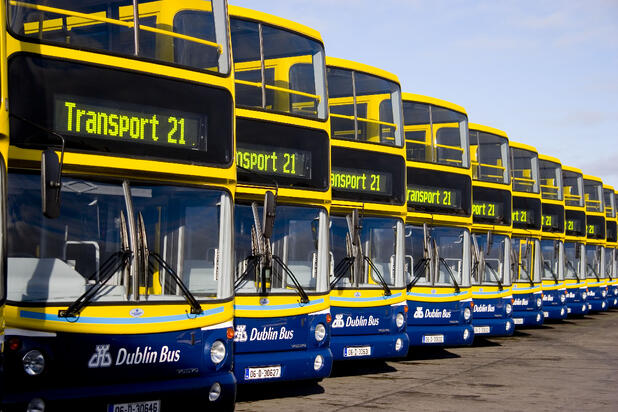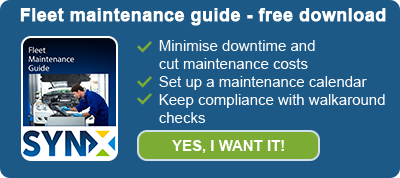“Rightsizing” is a term that has often been used lately—because of the economic downturn—as a euphemism for “downsizing”; meaning a reduction, typically in workforce, due to external causes.
But when we talk about rightsizing a fleet, we are more interested in maximum optimisation of all your vehicles. As often happens, fleets have vehicles that are idle or not driven very often, maybe once or twice a day at best. A large fleet may have one or two vehicles that were purchased and allocated for a specific requirement but are not overly utilised and often redundant due to changes in staff, management or company policy and, therefore, lacking any real purpose.
The first step to evaluating a fleet, with a view to optimisation, would be to
assess driver's needs and how much vehicles are actually used.
Vehicle tracking would simplify this, providing
all the data a fleet manager would need: number and type of vehicles, mileage, fuel consumption, routes travelled and so on.
According to the data made available by this system you should be able to evaluate each fleet vehicle and establish if the vehicle can be replaced, reassigned to another area, removed, or if the routes the vehicle travels could be rearranged more efficiently. Hopefully, this would result in a reduction not only of fuel costs, but of general operational costs, without downsizing the company and drastically comprising the workforce and their working hours.
Depending on a number of factors, a fleet using only one vehicle type might decide to switch to smaller, or different, vehicles.
There could also be vehicles that do not necessarily run constantly but a business simply cannot do without, due to its suitability for a certain role.
Armed with the kind of data provided by a
good vehicle tracking system, you can consider
pooling vehicles, or having vehicles assigned to a certain driver at a certain time, or check if vehicles need to be
renewed as they start to incur unacceptable maintenance costs due to their age, or high fuel consumption.
The key is having the right data at your disposal and a continuous analysis/assessment of your fleet with which to inform your business decisions; what is needed today may be different to the requirements of last year, or even a few months ago.



